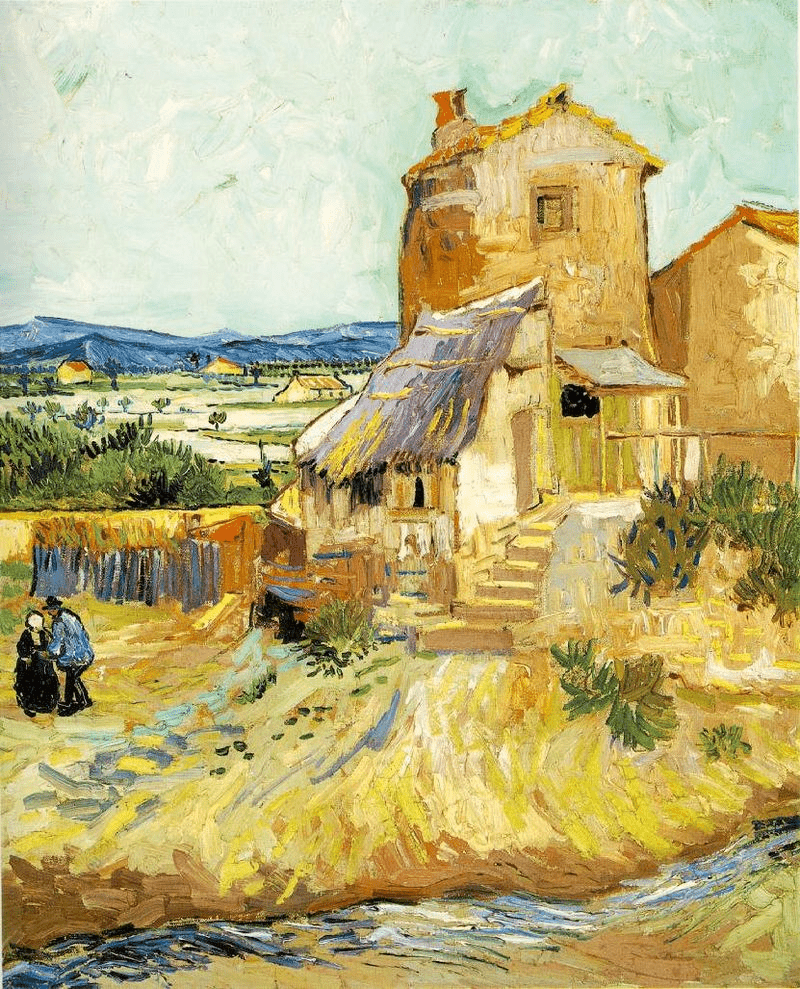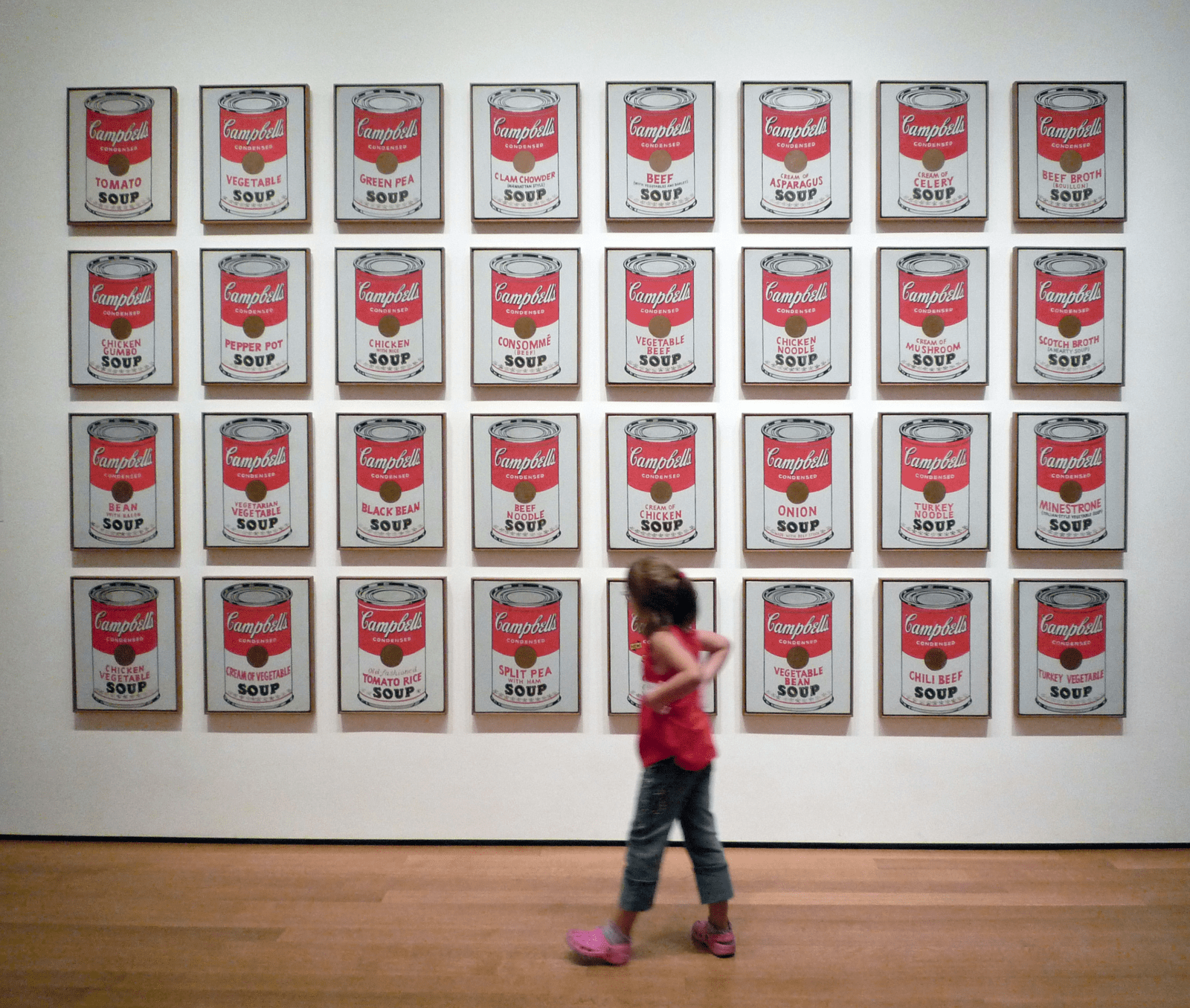My Pet Zebra
(MathPickle, 2010)
Introduce your elementary students to patterns, symmetry, order and chaos. Afterwards, you might look at the art below. If you were to arrange this art on a line from Chaotic (left) to Ordered (right) – where would each fall? There is room for disagreement. All pictures can be enlarged by clicking on them.
Without mathematics, there’s nothing you can do. Everything around you is mathematics. Everything around you is numbers.
Standards for Mathematical Practice
MathPickle puzzle designs engage a wide spectrum of student abilities while targeting the following Standards for Mathematical Practice:
MP1 Toughen up!
This is problem solving where our students develop grit and resiliency in the face of nasty, thorny problems. It is the most sought after skill for our students.
MP3 Work together!
This is collaborative problem solving in which students discuss their strategies to solve a problem and identify missteps in a failed solution. MathPickle recommends pairing up students for all its puzzles.
MP6 Be precise!
This is where our students learn to communicate using precise terminology. MathPickle encourages students not only to use the precise terms of others, but to invent and rigorously define their own terms.
MP7 Be observant!
One of the things that the human brain does very well is identify pattern. We sometimes do this too well and identify patterns that don’t really exist.
Please use MathPickle in your classrooms. If you have improvements to make, please contact me. I'll give you credit and kudos 😉 For a free poster of MathPickle's ideas on elementary math education go here.



